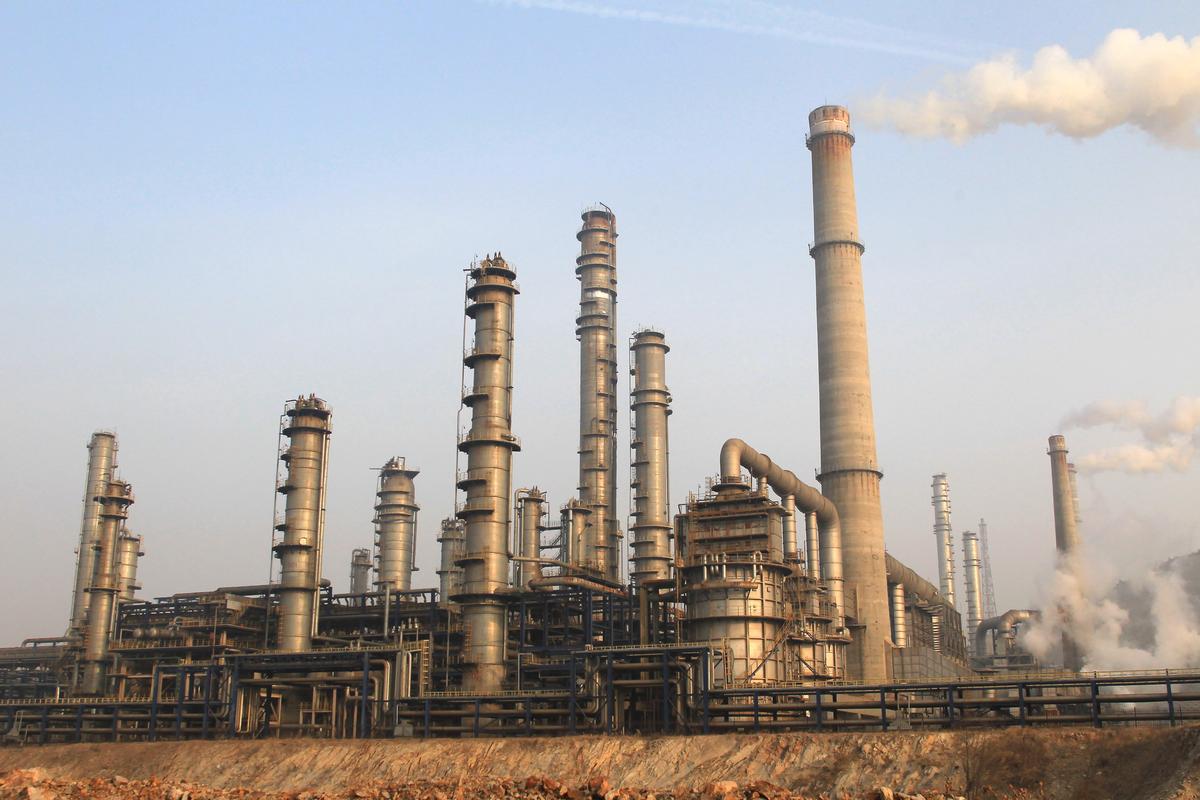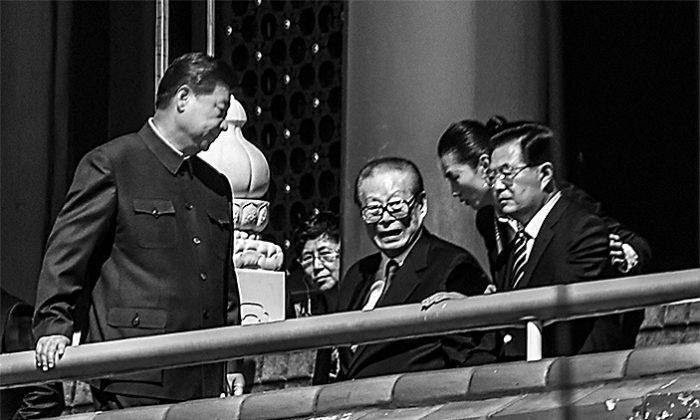Commentary
Chinese media outlets reported on March 29 that China’s Ministry of Science and Technology and other government departments have recently issued successive policies in an attempt to solve what they call “bottleneck issues,” including the shortage of chips and key technologies. However, the shortage of industrial gases, especially electron specialty gases, is a big problem and the situation is exacerbated by recent market price fluctuations. They are essential raw materials for manufacturing chips and for many other sectors, including national defense and aerospace.
Recent public reports indicate that the overall market prices of industrial gases have continued to rise rapidly, with the average weekly price of liquid gases in China rising by 16 percent by the end of the third week of March. The main reason is that the global shortage of semiconductor chips is transmitted to the semiconductor materials side and industrial gases, especially electron specialty gases that are essential raw materials in the manufacturing process of chips.
China Imports Most Specialty Gases
One Chinese analytical article listed some figures, claiming that specialty gases and consumables account for up to 14 percent of the cost of a chip as variable costs. Electron specialty gases are the second-largest core materials for semiconductors after silicon, and ultimately determine the yield and reliability of the finished chip. In addition, the downstream applications of electron specialty gases in China mainly involve four major industries, including the Integrated Circuit (IC) industry, which accounts for the largest share of applications, reaching 42 percent, the report said.According to China Industrial Gases Industry Association Executive Deputy Director Fu Chungan, the majority of electronic specialty gases as raw materials for chip production are still dependent on imports, and there is an urgent need to solve the shortage problem of industrial gases, as only a few varieties can be produced domestically.

The US Takes Up a Quarter of China’s Industrial Gas Market
According to public data, the market distribution of the industrial gas industry in China is as follows: U.S. company Air Products and Chemicals accounts for 25 percent; Germany company Linde Group accounts for 23 percent (after it merged with U.S. Praxair in 2018); French company Air Liquide accounts for 23 percent; and Japanese company Taiyo Nippon Sanso accounts for 17 percent. This shows that 88 percent of the current market share is highly dependent on these four suppliers.On March 10, the Ministry of Industry and Information Technology (MIIT) and the National Development and Reform Commission (NDRC) held a closed-door meeting to discuss the shortage of industrial gases, according to Chinese media reports. The State Administration of Science, Technology, and Industry for National Defense was reportedly among the departments that joined the discussions.
The ‘Bottleneck Issue’ of Helium
Helium is the rarest of all the industrial gases, and the military is a major consumer of this gas. Advanced weapons of national defense will not be able to do without helium. If China’s helium supply is cut off, then its manned spaceflights, lunar probe programs, space stations, and other major aerospace science projects will be halted instantly.Public information shows that the world’s explored helium reserves are about 51.9 billion cubic meters, of which the United States accounts for nearly 40 percent and China only accounts for about 2 percent. About 95 percent of China’s helium is imported, and the United States was one of the main helium suppliers.
However, China has adjusted its sources of helium imports as tensions between Beijing and Washington have continued in recent years, as noted in an analysis published on NetEase, a popular Chinese news website, in early March.
Qatar became the number one source of helium for China in 2019, providing around 60 percent of the total of China’s imports of helium, according to the NetEase article. However, helium imported from Qatar is more expensive than from the United States. For example, the import price of helium from Qatar in 2019 is between $53 to $60 per kilogram, compared to $47 to $56 per kilogram from the United States, the report said. Qatar is rich in natural resources, but it does not have its own technology and is heavily dependent on the United States.
China imports 25 percent of helium from the United States and 10 percent from Australia, according to the report. The United States and Australia, being the second and third largest exporters of helium to China, together can control more than one-third of China’s helium—so the situation looks bleak for the Chinese regime.
Talent Shortage Caused by the Cultural Revolution
From the point of view of Chinese industrial professionals, China lacks talent and technology in the development of its industrial gas industry. Some experts believe that the Cultural Revolution (1966 to 1976) has caused this problem.In an article published in Study Times in 2008, titled, “The Historical Origins of China’s Reform and Opening Up,” the author, Cao Pu, mentioned the devastation caused by the Cultural Revolution, including the brutal persecution of a large number of intellectuals. By the end of 1968, there were 171 senior researchers in the Beijing branch of the Chinese Academy of Sciences (CAS), but 131 of them had been purged, removed from their jobs, and placed under investigation, Cao wrote. Around 229 CAS members had been persecuted to death.
Although the article was originally published in Study Times, an official newspaper run by the Party School of the Central Committee of the Chinese Communist Party (CCP), it has been removed from its website, as it didn’t glorify the CCP. However, the article is available on the website of Phoenix, the CCP’s Hong Kong mouthpiece.
According to the Chinese-language Epoch Times’ editorial series, “Nine Commentaries on the Communist Party,” scientists who suffered persecution during the Cultural Revolution included a large number of chemists who either committed suicide because they could no longer endure the torture, or were persecuted to death. I will mention just two of them: Zeng Zhaolun, a professor at Peking University, was one of the founders of chemistry in China; Wang Jiliang, a professor at Hangzhou University, was one of the pioneers of modern chemistry and of the study of analytical chemistry in China. If they had not been persecuted to death, then they would have made significant contributions to the development and advancement of China’s chemical industry and research today.
At present, China has “bottleneck issues” in many key areas. To know the root cause of these problems, one has to review the history of the persecution of numerous Chinese scientists by the CCP during the Cultural Revolution.
Chen Simin is a freelance writer who often analyzes China’s current affairs. She has contributed to The Epoch Times since 2011.
Views expressed in this article are opinions of the author and do not necessarily reflect the views of The Epoch Times.





